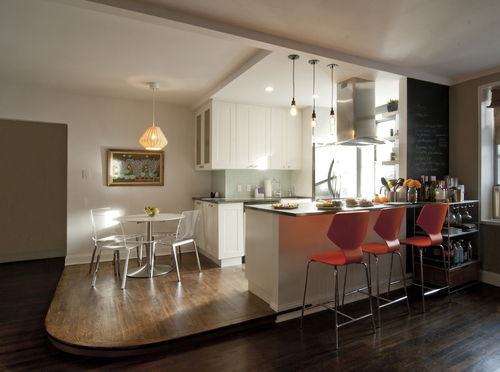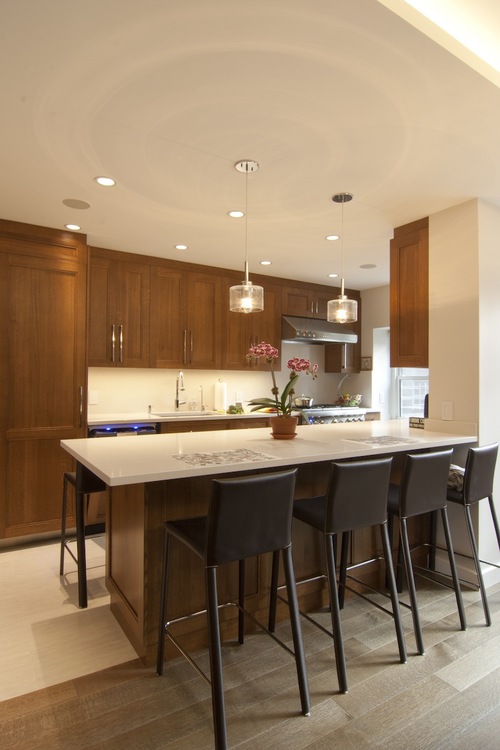Picking out paint and furniture may be at the top of your design list, but accessories and wall décor should also be a priority. In fact, it’s those smaller things that can elevate a room from ‘nice’ to “Wow! Nice!” More importantly, what you opt to hang on your walls and adorn your shelves with injects your own personality into a space.
If you really want to make your mark on the room, frame a customized piece of art or photograph for a one-of-a-kind piece! Don’t be intimidated. This DIY is easier than it sounds if you follow these 4 basic steps.
Step 1: Select the right piece
This is no different than any other design element in the space. You’re looking for a piece that contributes to the ambiance and personality of the room. The photos you snapped of your vegetable garden last summer might make a terrific display of framed art in your kitchen, but as gorgeous as the colors in your heirloom tomatoes may be, they may not be the right element for your den. Framing your child’s first finger painting, on the other hand, could be just what your family room is looking for but not what you want to hang in your formal living room. Match your piece to your place and you’re good to go.
Alternative art ideas: Your customized art doesn’t have to be limited to your own photography or paintings and drawings. Look to things like a beautiful piece of lace you want to show off, an interesting illustration in your favorite book, a quilt square or other textile that just catches your eye.
Step 2: Find your frame
Your frame has dual responsibility here. It has to complement your artwork and your room. For example, if your room is contemporary and sleek, avoid an ornate wooden frame. Likewise, the size and style of your frame should suit the artwork. Your frame should complete the piece, not compete with it. If you’re highlighting a delicate image, a heavy, wide-banded frame will weigh it down and steal the focus.
Look at thrift shops and garage sales for inexpensive pieces. Just be sure to clear the energy of anything pre-owned before you use it! Pay attention to the frames, not the art featured inside. You may find the perfect frame to set off your charcoal drawing if you’re able to look beyond the poster currently featured in it! Also, look for a frame with a piece of glass to protect your art work. If the frame you selected doesn’t come with glass, you can have one cut to fit.
Step 3: Choose a mat
Matting your artwork will create a professional looking piece. It will also hold the art in place while preventing it from touching the glass of your frame. Select an acid-free material for matting. You can find pre-cut mats in standard sizes at your local craft store. You can also purchase sheets of matting material and customize your own mats, or have the shop cut it for you. How big your mat is, what color you use, and your choice of texture will change the overall look and feel of your finished piece. There is no right or wrong answer here. Pick what resonates with you!
Step 4: Attach the artwork
Grab your mat, and using acid-free tape, fix the artwork or photograph in place. When you’ve got it centered just right, place it face down on the glass and then attach the backing of the frame. Voila! Looks good, right? Now that it’s done, just hang your finished piece at eye level.
by Anjie Cho












